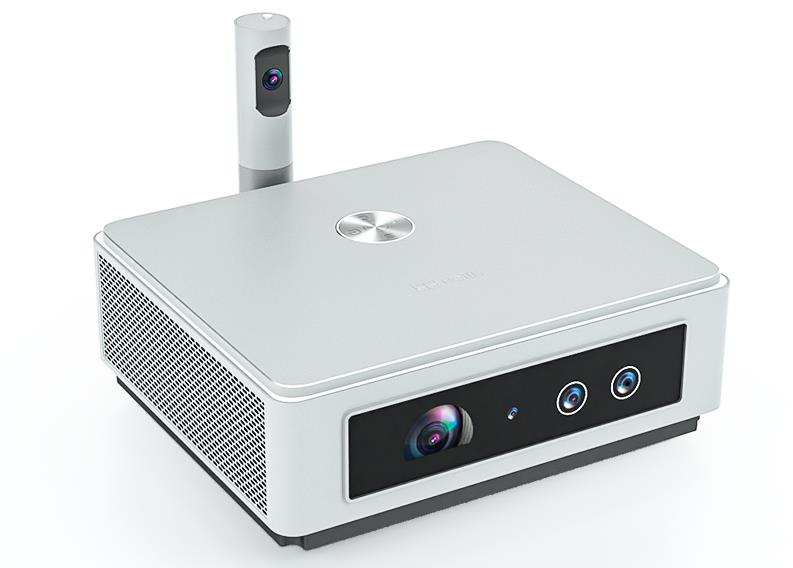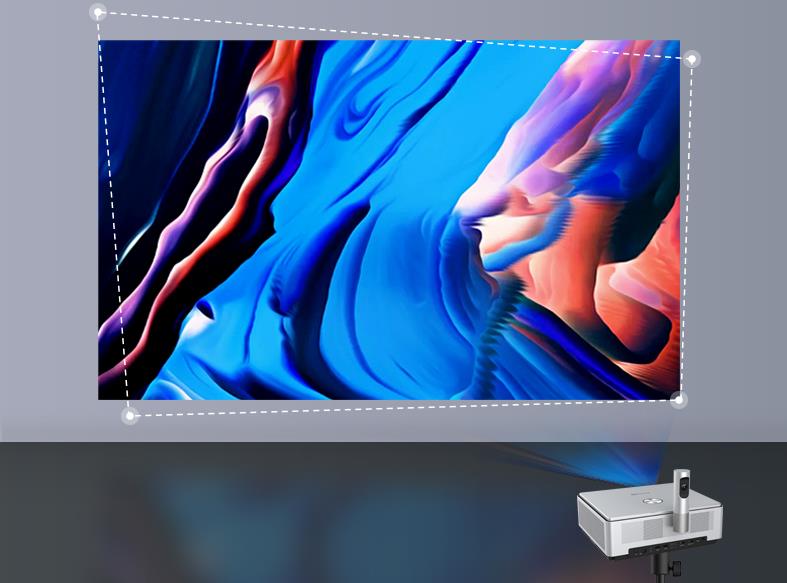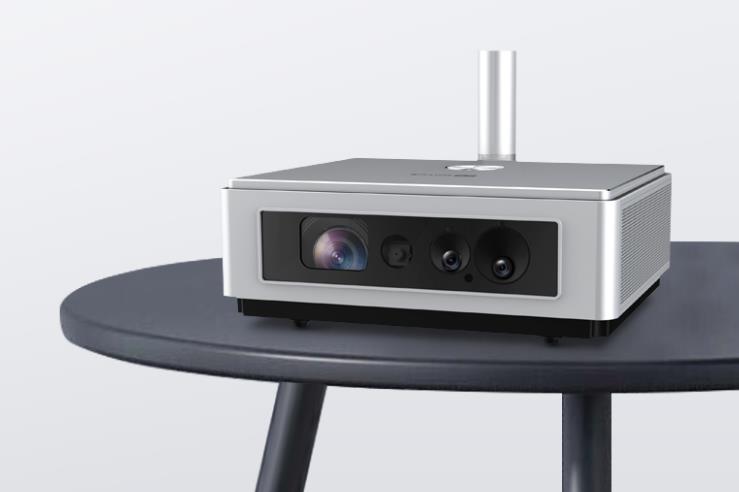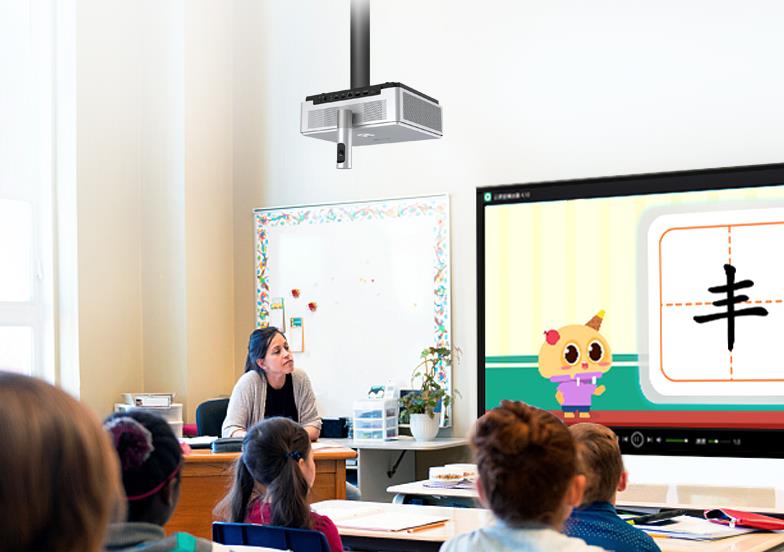- Select Language
The N40 Android smart PDA features a Cortex-A53 qu...
The X501 Handheld PDA combines advanced barcode sc...
Which is better DLP or laser projector?
In the world of projection technology, two major contenders have emerged: Digital Light Processing (DLP) and laser projection. Both technologies have their unique advantages and applications, but understanding their differences is crucial to making an informed choice.

DLP Projection
DLP projectors utilize a digital micromirror device (DMD) chip, which consists of millions of tiny mirrors that can be individually tilted to reflect light either towards or away from the projection lens. This allows for precise control of the light and ultimately produces a crisp and clear image. DLP projectors are renowned for their bright, vivid colors and high contrast ratios.
One of the key advantages of DLP projector is their ability to handle fast-moving images with minimal blurring. This is due to the DMD chip's high refresh rate, which ensures that each frame is displayed accurately and smoothly. Additionally, DLP projectors tend to have longer lamp life and require less maintenance over their lifespan.

Laser Projection
Laser projection, on the other hand, utilizes laser diodes as the light source. These diodes emit a highly concentrated beam of light that is then modulated to create the desired image. Laser projectors are known for their incredibly bright and vivid images, even in brightly lit environments.
The primary advantage of laser projection is its brightness. Laser diodes emit a much more intense light than traditional lamps, resulting in a brighter and more vibrant projected image. This is especially useful in large venues or outdoor settings where ambient light can wash out the projected image. Additionally, laser projectors tend to have a longer lifespan and require less frequent lamp replacements.

The Choice: DLP vs. Laser
The choice between DLP and laser projection ultimately depends on your specific needs and application. If you require a bright and vibrant projected image, even in well-lit environments, a laser projector may be the best option. However, if you're looking for a projector that can handle fast-moving images with minimal blurring and requires less maintenance, a DLP projector may be the better choice.

Introducing the HOTUS HT1500: A Portable DLP Projector for Everyday Use
When it comes to DLP projectors, the HOTUS HT1500 stands out as a powerful and versatile option. This interactive touch projector is equipped with a 10th generation Intel Core i5 processor, 8GB of DDR running memory, and up to 1TB of storage. This ensures that it can easily meet the demands of classroom interaction, experimental simulation, video lectures, and other multi-scene teaching needs.
The HT1500 boasts a 2000 ANSI lumen brightness rating and a 30,000-hour light source life, making it an excellent choice for both indoor and outdoor use. The projected image has four times the surprise quality of Full HD 1080P, ensuring that every detail is crisp and clear. Additionally, the new anti-dazzle design helps students on both sides of the classroom get rid of light reflection interference and enjoy a true visual experience.
With a variety of interfaces and connectivity options, the HT1500 is easy to link to various devices and meet the needs of various teaching scenarios. It supports cell phones, IPADs, and computers with the same screen, making it incredibly versatile and user-friendly. The built-in Windows 10 system ensures strong compatibility with various software and applications.